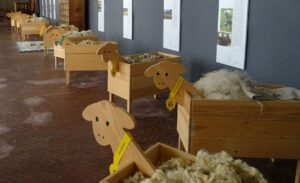Abstract/Description
Modernisation has led to the depopulation and abandonment of alpine territories. Today, a large number of abandoned buildings are being repurposed to meet the growing demand for housing in these areas. Since the late 20th century, mountain areas have experienced a resurgence in popularity and attractiveness. This trend accelerated after the pandemic, when many people with remote work opportunities chose to spend more time in the highlands. In addition, the favourable climatic and environmental conditions of alpine areas offer a contrast to the heavily urbanised, hot and polluted plains. However, the existing stock of rural buildings is often not suited to contemporary lifestyles. Older structures, originally designed for both residential and agricultural purposes, where work and domestic life collided, are often redesigned as dwellings with modern comforts and amenities. Meanwhile, production spaces are being relocated to larger buildings capable of meeting the needs of an increasingly industrialised and progress-driven society. This study will open up some theoretical questions from the analysys of some examples of contemporary architecture, including new buildings such as stables and agricultural production facilities, industrial buildings related to the timber supply chain, and the adaptive reuse of old buildings, primarily for residential purposes. The study assesses the merits and limitations of these interventions, whereas it argues that these buildings reflect the same production models that contributed to the depopulation of Alpine regions at the beginning of the 20th century. It concludes that in order to achieve a true paradigm shift and sustainable repopulation of the highlands, far beyond temporary trends, these interventions need to be examined in the broader context of a potential shift towards less industrialised, more sustainable lifestyles and modes of production.


